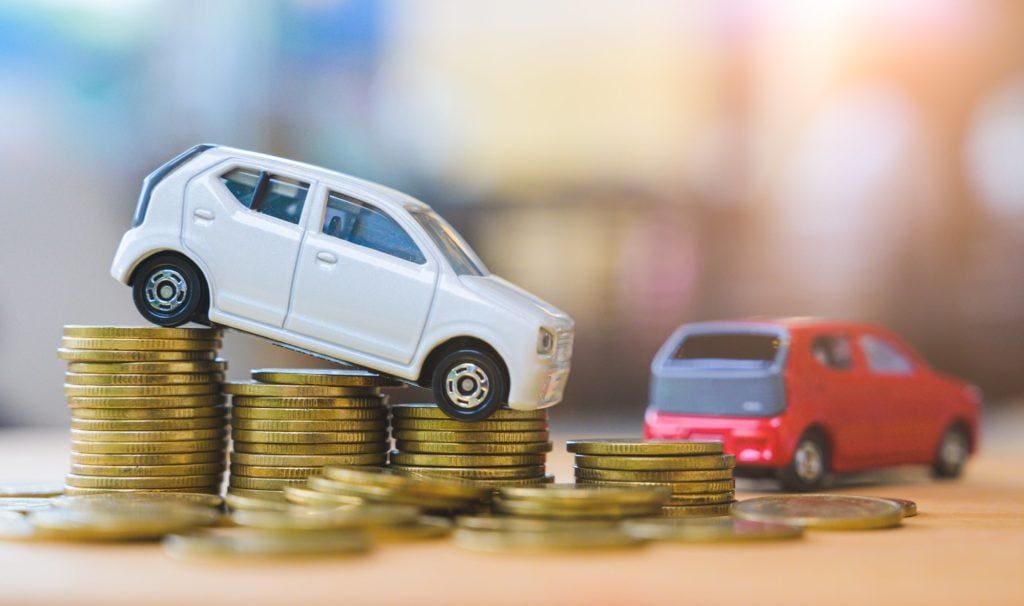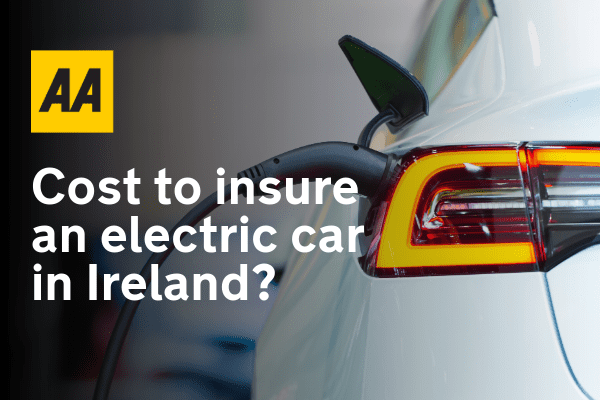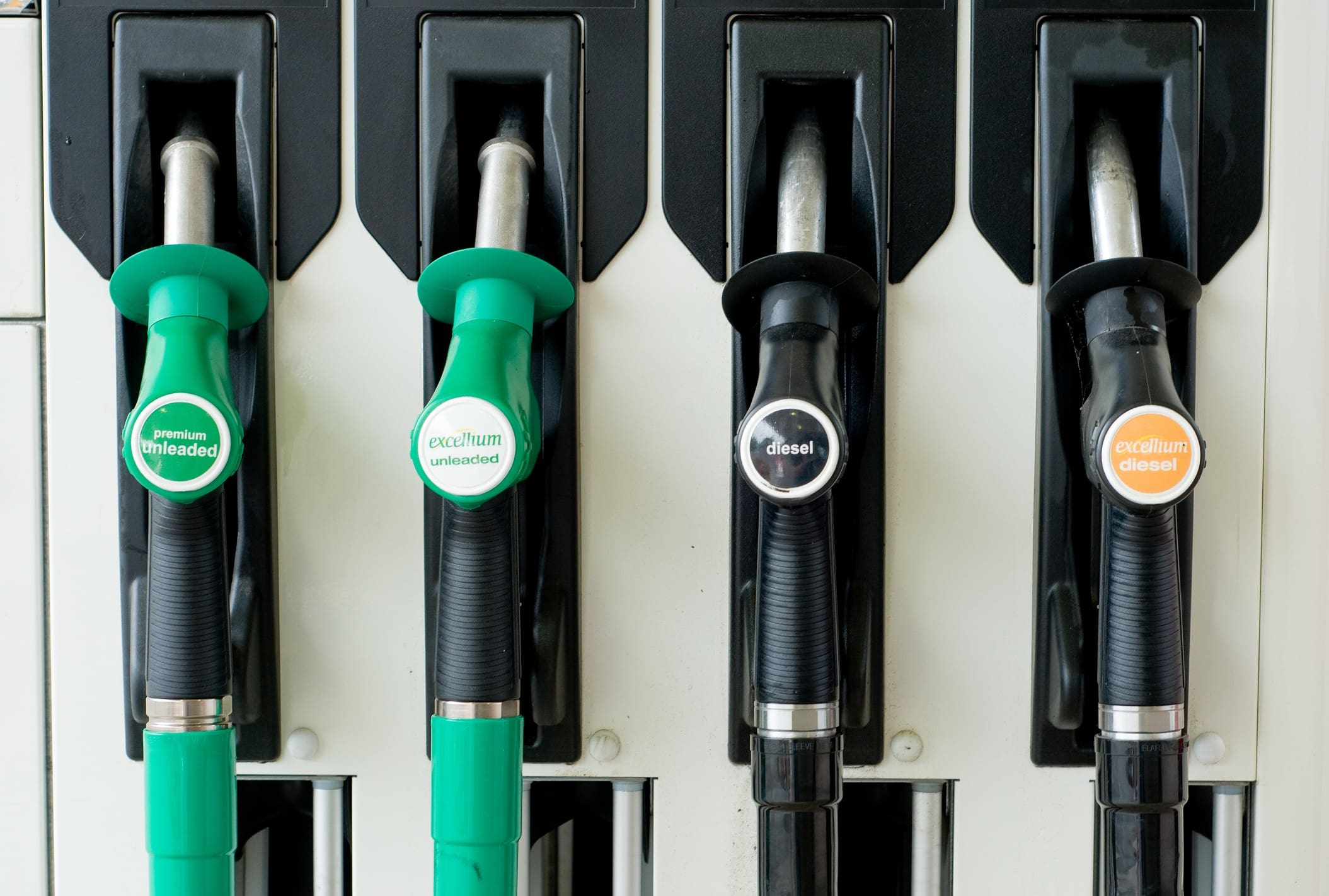Motor Tax in Ireland changed significantly in 2008 to a system that was deemed to be more equitable and ensure that the most polluting vehicles paid the most tax. However, 15 years on, we wonder if this is still the best system. Or has the motoring landscape changed so much that we now have an outdated and unfair motor tax system?
What is Motor Tax?
Motor Tax is a fee the Irish government charges for the use of most motor vehicles on public roads. The local authorities collect it. It is a legal requirement to pay Motor Tax and display it on any vehicle you drive in public.
It is a very significant source of income for the Irish government, with an annual amount of approximately €1 billion collected in recent years. However, with the rise of hybrid and electric vehicle sales, motoring journalist Neil Briscoe states, ‘It’s interesting that motor tax receipts have generally been falling for a while now — the total take for the Exchequer was under €1-billion in 2021 despite there being more taxed vehicles on the road than ever.’
How much is Motor Tax in Ireland?
Motor tax varies from €120 per year to €2,400 per year. However, most cars fall into the lower end of that bracket.
The rate of taxation is based on the CO2 emissions of the vehicle. A car with no tailpipe emissions is
classed as ‘A’ band and pays the lowest amount of €120 per year. A car with emissions of 1-50 grams of CO2 per kilometre driven is classed as ‘A1’ and pays €140 per year. For a full breakdown of charges, see the table listed on the government website: gov.ie – Motor Tax Rates (www.gov.ie)
For reference, Ireland’s best-selling vehicle in 2022 was the Hyundai Tucson. The 1.6 litre Diesel hybrid has a CO2rating of 126g/km and thus sits in the B1 category paying €200 per year.
Why is the motor tax take falling in Ireland?
The last major change to Motor Tax in Ireland was in the middle of 2008, when tax became linked to the emissions of the vehicle rather than the size of the engine. On the face of it, this seemed like a more efficient system where the polluter pays.
However, it failed to future-proof itself. Mr Briscoe continues on to say that ‘the fact that the government in 2008 wildly underestimated how low diesel emissions would go when the original low-CO2 tax system was being designed. Successive changes haven’t seen those taxes rise all that much and the increasing availability and practicality of electric vehicles is giving consumers the option to put themselves in the lowest possible €120 tax bracket.’
In addition, the real-world accuracy of C02 figures for Plug-in Hybrids (PHEV) comes into question. Emissions figures for these vehicles are calculated with the electric motor and battery in mind. However, some drivers with PHEVs have purchased their cars to take advantage of income tax breaks. Some of these cars are never plugged in, and as such emit significantly more than they are rated for.
Should we change the Motor Tax system in Ireland?
With the shifting purchase patterns of Irish drivers toward electric vehicles, the Motor Tax system is beginning to look outdated. In addition, it is a falling revenue source for the government. But are there any other options available to us.
Mr Briscoe notes that: ‘It’s often put forward that road and/or journey pricing is the way forward, but unless you put in place a very sophisticated and well-thought out system — and let’s face it, as a nation we don’t have a terrific track record in that regard — you risk penalising both lower income groups and those who live in rural areas compared to those who live in urban areas where there’s far better access to public transport. It’s a delicate balance to strike — clearly we need to pay for the needed investments in public transport, but equally it’s unfair to penalise drivers who largely rely on private cars because of the lack of foresight of governments all the way back to the sixties.’
Is the Irish Motor Tax system fair?
With the rise of Electric Vehicles, many motorists are taking advantage of extremely low Motor Tax rates. For example, the all-electric BMW iX M60 weighs 2.7tonnes, is 5 metres long and has more than 600hp. However, it pays a mere €120 per year in Motor Tax. In contrast, there are many people who lack the financial ability to trade up from something like a 2007 family MPV and pay a multiple of what the BMW driver does.
The current system also fails to take mileage into account. In terms of Motor Tax, the government does not differentiate between a car that does 5,000km per year, and a car that does 30,000km per year. Although, the driver that accumulates more kilometres will likely pay more in fuel excise duties.
So, Do we need to change the Irish Motor Tax?
It seems that Motor Tax in Ireland is due for a change, and political impetus will likely shift toward a new system in order to rectify the falling revenues and imbalanced burden on typical motorists. We don’t yet know what that system will be. As Mr Briscoe puts it: ‘road pricing is probably coming, and fairly soon so enjoy the current motor tax system while it exists — in time, you might think of it as the fairer version.’









